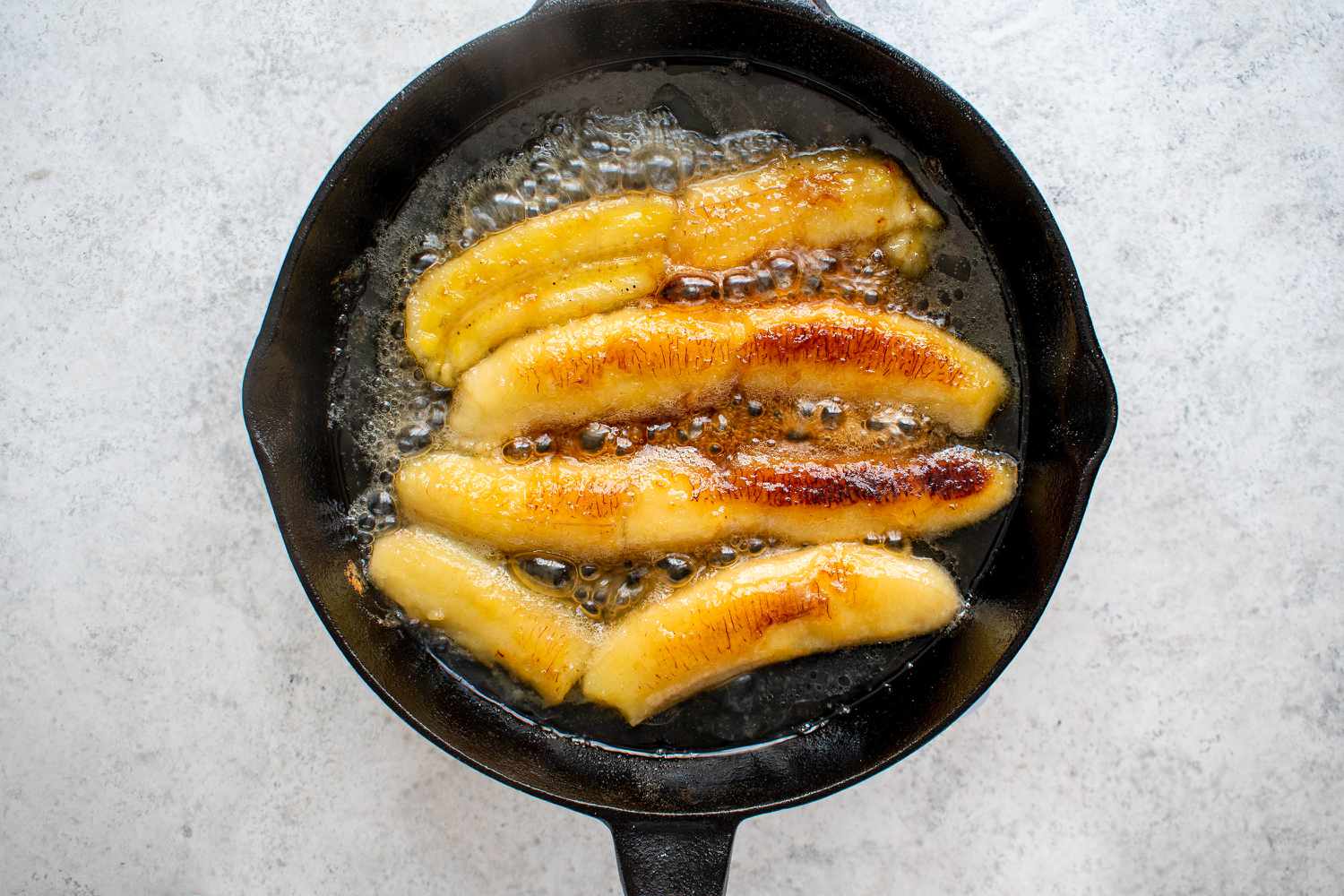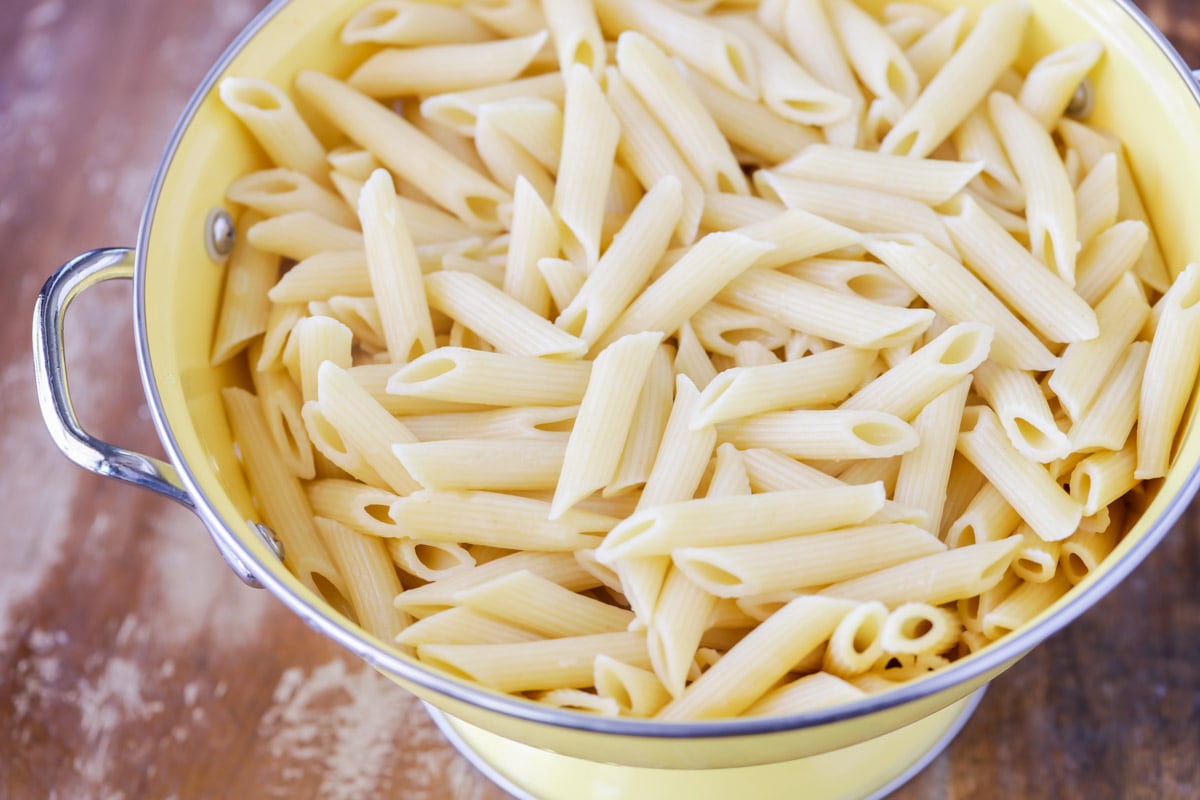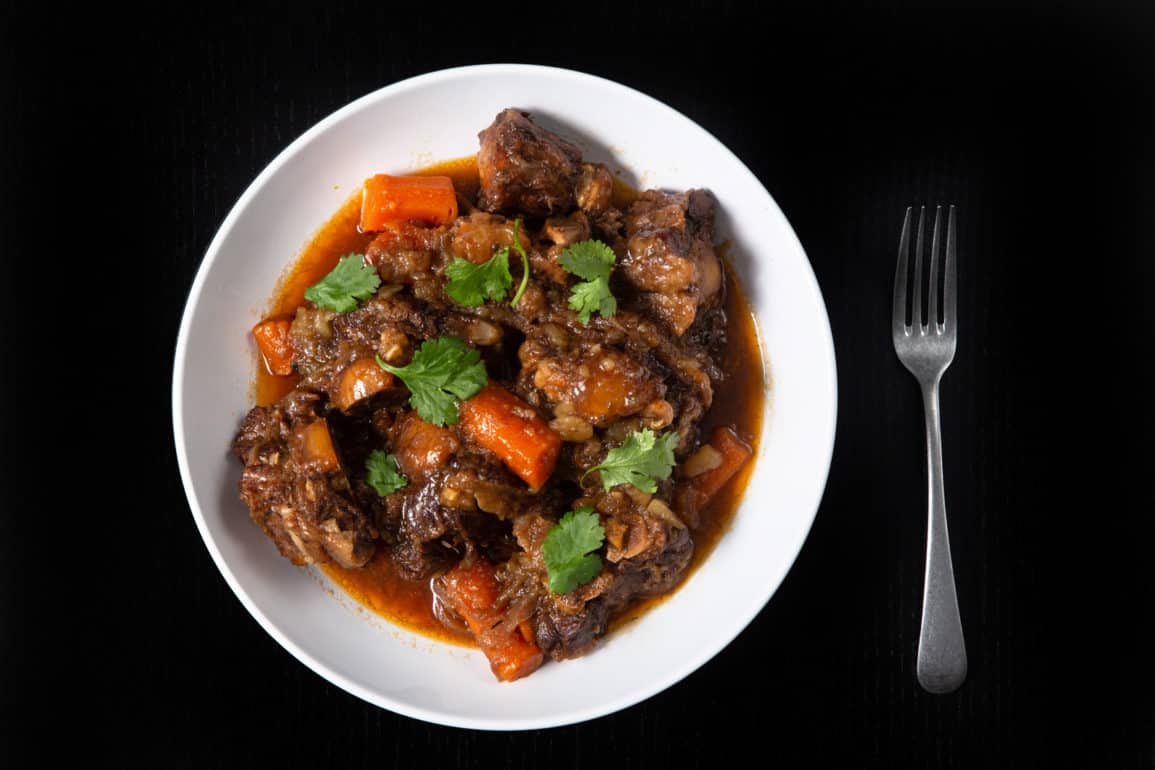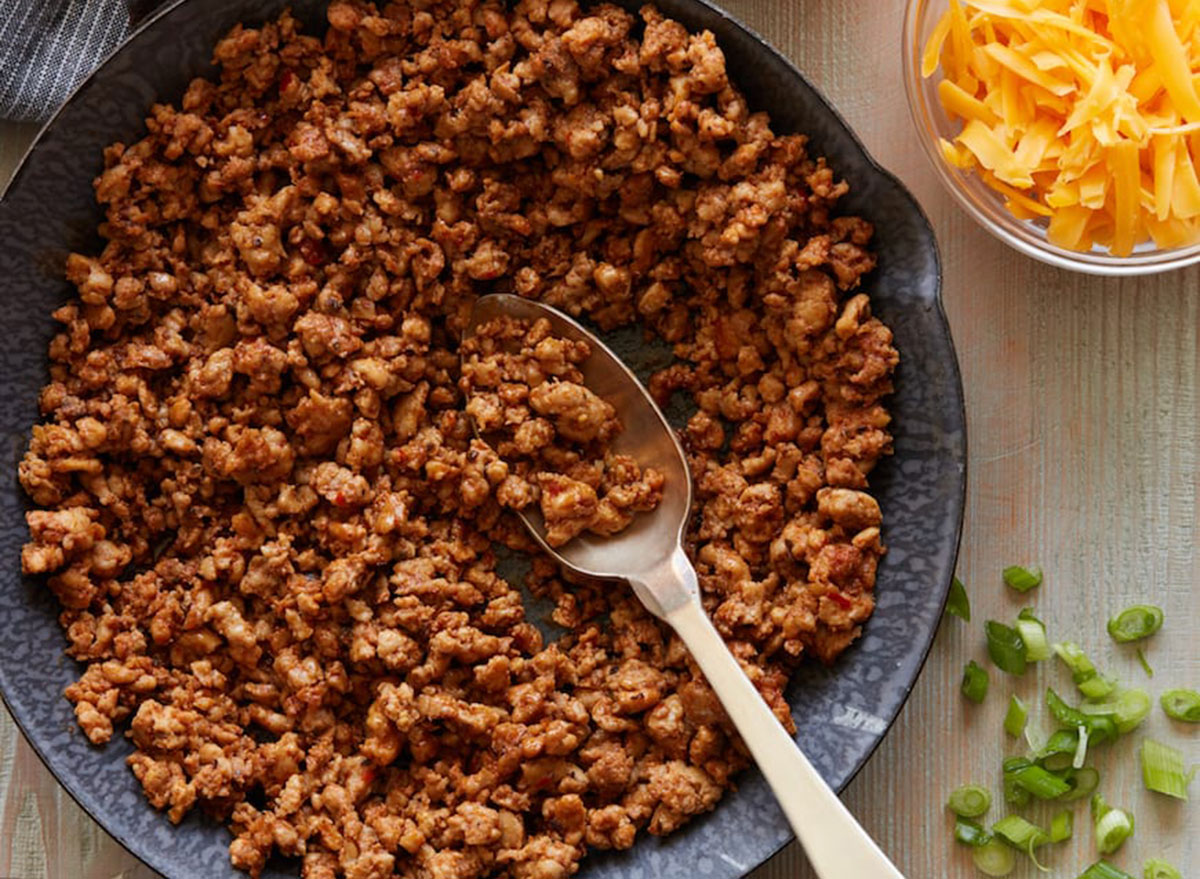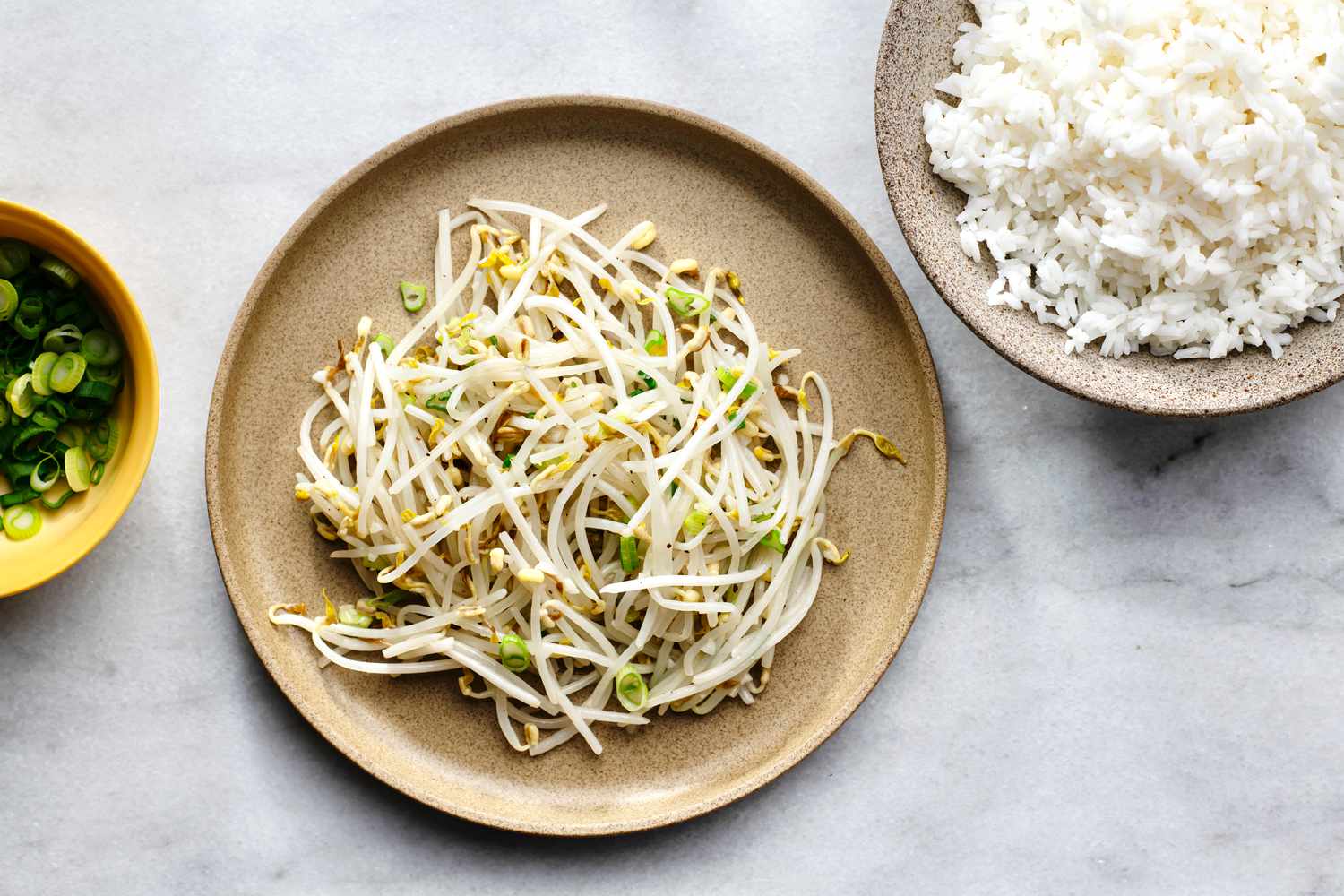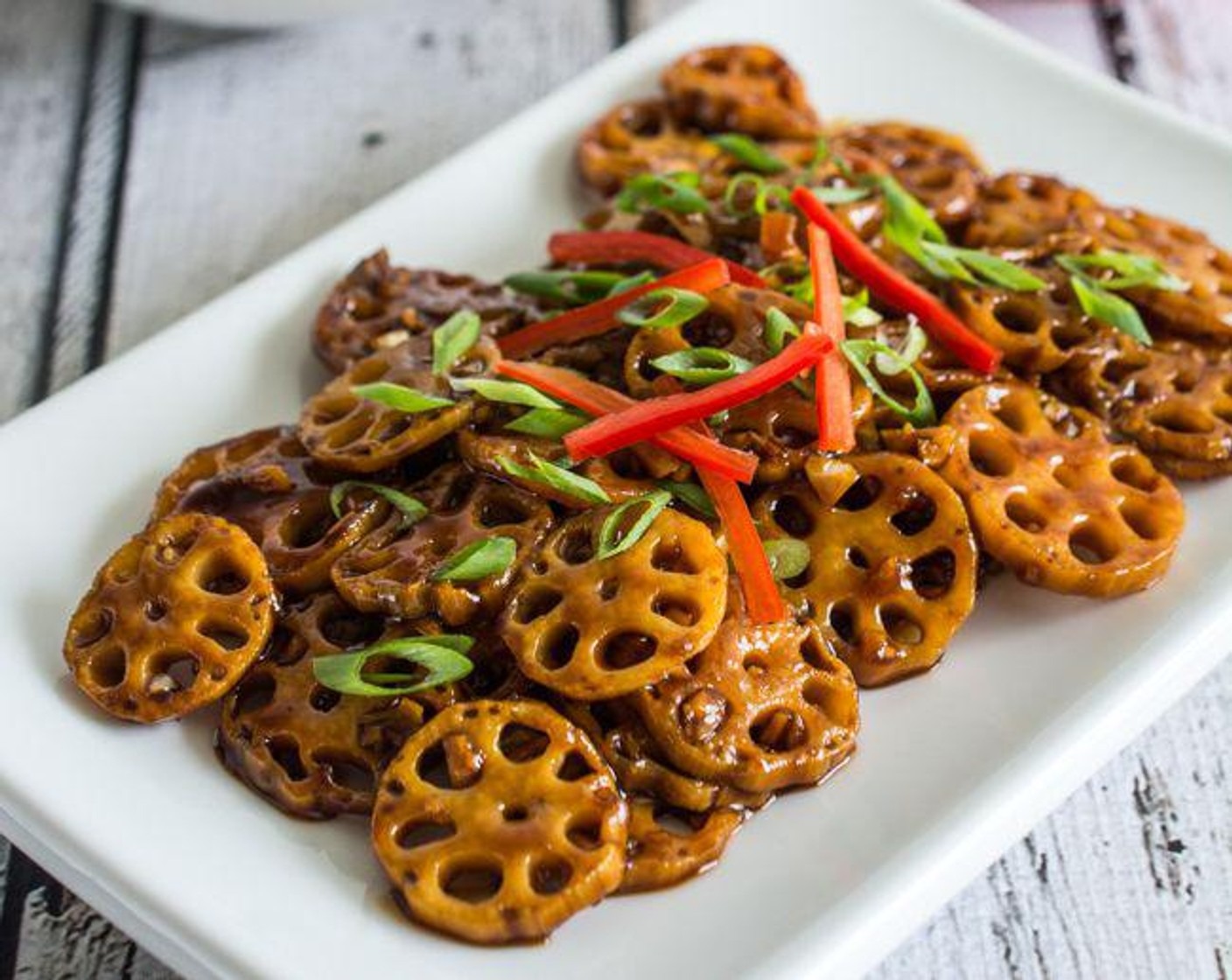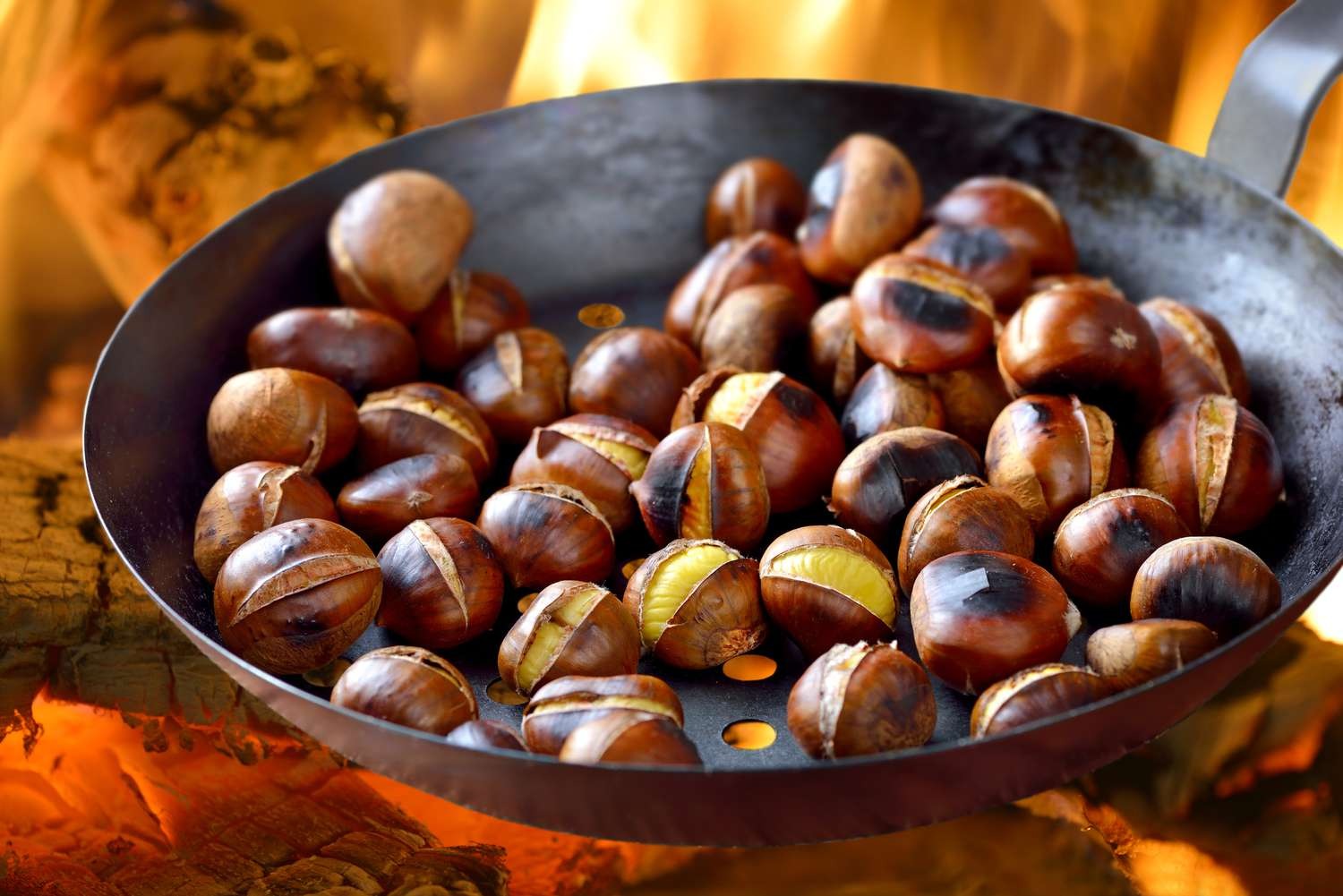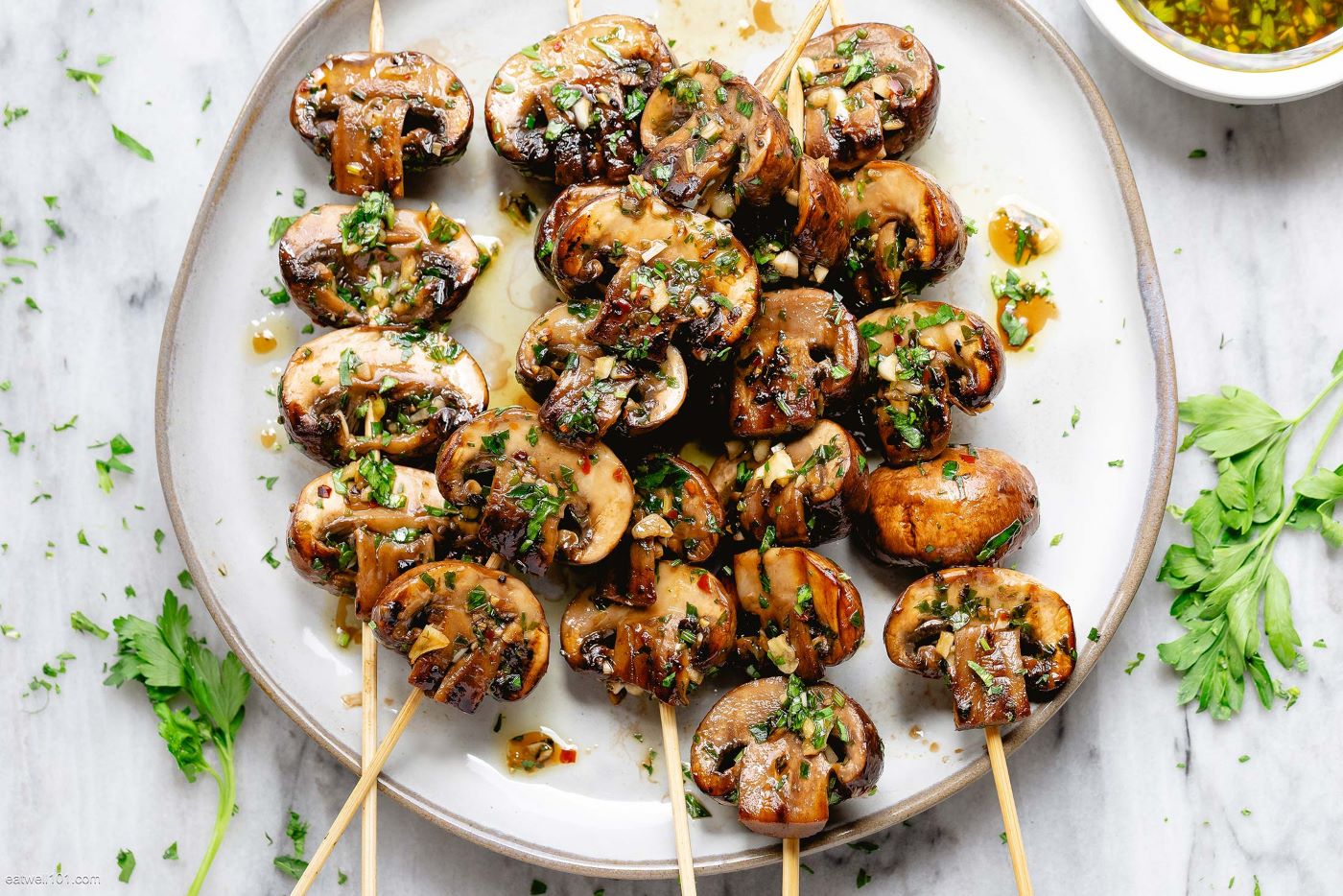How To Cook Sockeye Salmon
If you’re a seafood lover, you’ve probably heard of sockeye salmon. Known for its vibrant red flesh and rich flavor, sockeye salmon is a favorite among many culinary enthusiasts. Whether you’re a professional chef or a home cook, learning how to cook sockeye salmon is a valuable skill to have.
1. Selecting the Perfect Sockeye Salmon
The first step in cooking sockeye salmon is ensuring you have the best quality fish. When shopping for sockeye salmon, look for the following characteristics:
- Bright Red Color: Fresh sockeye salmon should have a vibrant red hue.
- Firm Texture: The flesh should feel firm to the touch, indicating its freshness.
- Mild Seafood Aroma: A fresh fish should have a mild, pleasant smell, without any strong odors.
When purchasing sockeye salmon, consider buying it from a reputable fishmonger or a trusted seafood market to ensure its quality.
2. Preparing the Sockeye Salmon
Before cooking, you’ll need to prepare the sockeye salmon properly:
- Cleaning: Rinse the fish under cold water and pat it dry with a paper towel to remove any impurities.
- Trimming: Trim off any excess fat or skin by running a sharp knife along the edges of the fillet.
- Seasoning: Season the sockeye salmon with your favorite flavors, such as salt, pepper, and herbs like dill or thyme.
Allow the seasoning to penetrate the flesh by letting the salmon marinate for about 15-30 minutes.
3. Cooking Methods for Sockeye Salmon
There are several cooking methods you can use to prepare sockeye salmon, depending on your preference:
- Grilling: Fire up the grill and cook the sockeye salmon over medium-high heat, skin side down, for about 4-6 minutes per side, or until it reaches an internal temperature of 145°F (63°C).
- Baking: Preheat your oven to 400°F (200°C). Place the seasoned salmon on a baking sheet and bake for approximately 12-15 minutes or until it flakes easily with a fork.
- Pan-Searing: Heat a drizzle of oil in a skillet over medium-high heat. Carefully place the salmon fillets, skin side down, and cook for about 3-4 minutes per side until crispy and cooked through.
Remember to adjust the cooking time according to the thickness of your salmon fillets. Overcooking can cause the fish to become dry and lose its delicate texture.
4. Serving Suggestions
Once you’ve cooked the sockeye salmon to perfection, it’s time to plate and serve! Here are some ideas on how to enjoy your delicious creation:
- Pairing: Serve the sockeye salmon with a fresh green salad or roasted vegetables to complement its flavors.
- Sauce: Enhance the taste of the salmon by drizzling it with a squeeze of lemon juice or a homemade dill sauce.
- Side Dish: Consider serving the salmon alongside some fluffy quinoa, wild rice, or buttered mashed potatoes for a complete meal.
Remember to garnish your dish with a sprinkle of fresh herbs, such as parsley or chives, for an extra pop of color and flavor.
5. Enjoying the Delights of Sockeye Salmon
Sockeye salmon is a versatile fish that can be enjoyed in various dishes, such as sushi, salads, or even in pasta. Experiment with different recipes and cooking techniques to make the most of this flavorful seafood.
Now that you know the basics of how to cook sockeye salmon, it’s time to dive into the kitchen and create a delicious meal that will impress your family and friends. Happy cooking!
More Delicious Sockeye Salmon Recipes to Try
Now that you've mastered the basics of cooking sockeye salmon, it's time to broaden your culinary repertoire with a variety of delectable recipes. Whether you're in the mood for something grilled, baked, or even rolled into sushi, these recipes are designed to make the most of your newfound skills. For a classic dish with a twist, try the grilled sockeye salmon lemon dill. Its zesty flavors will impress any dinner guest. If you're looking for a hearty meal, the baked sockeye salmon honey mustard offers a sweet and tangy taste that pairs perfectly with seasonal vegetables. Alternatively, the sockeye salmon sushi rolls provide a creative way to enjoy this fish in a traditional Japanese preparation. Each recipe not only enhances your cooking experience but also brings out the unique, rich flavor of sockeye salmon.
Was this page helpful?
Read Next: How To Cook Canned Salmon

